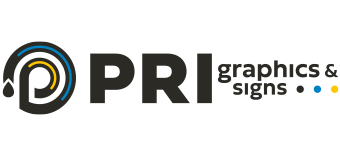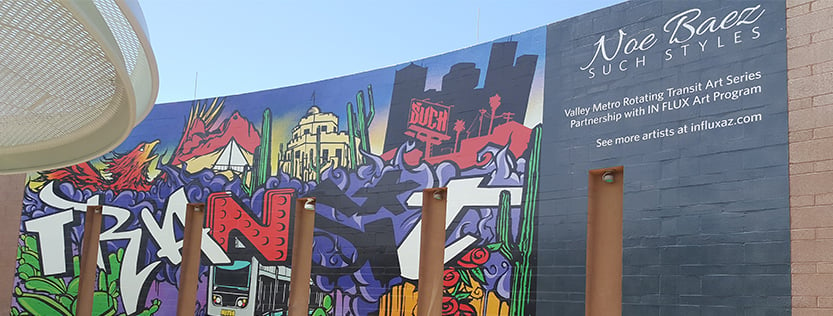The Great Debate: Digital versus Offset Printing
Read time: 5 minutes | Author: PRI Graphics | Posted: June 13th, 2023
Digital vs offset printing techniques have each evolved significantly with advances in technology, altering their use and capabilities. There are many different types of printing but in this post, let’s delve into the fascinating world of print media and unravel the latest printing trends and innovations. We’ll dissect the intricacies of digital and offset printing to understand their unique advantages and limitations, while also shining a light on their latest developments.
Digital Printing – New Avenues in Rapid Print Technology
Digital printing and cutting, a method born from the digital age, works by transferring digital files from your computer directly to the printer via a wired or wireless connection. This approach encompasses two popular types, both providing distinct advantages:
- Laser Printing
- Inkjet Printing
Find out how our Phoenix Printing Company can
Put Your Creative Ideas
to Work in a Big Way!
Contact Our Print Professionals
Email Usor Call:+877-409-8889
Laser Printers: Lightning Speed Meets Precision
Digital laser printers function by charging the paper with electricity in the precise shape of your content – be it a photograph, text, or maps. Released printer toner sticks only where the paper has been charged, thereby crafting your printout. Despite their color limitations – typically restricted to the CMYK color palette, limiting their gradient capabilities – these small format printers excel in speed, catering perfectly to those needing a quick turnaround.
With advancements in digital laser technology, there has been a push towards expanding color range and quality. Some modern digital laser printers now offer enhanced color output, giving users increased flexibility and creative scope.
Inkjet Printers: The Power of Rich Detail and Color
Unlike their laser counterparts, digital inkjet printers are typically large format printers that directly spray ink from cartridges onto the paper, enabling more color freedom. Utilizing the RGB color palette, inkjet printers can reproduce a vast array of colors, offering an unrivaled level of detail that closely mimics photographs. However, the speed of inkjet printing hasn’t historically rivaled that of laser printers, making them less suited for high volume printing jobs.
See our post on CMYK vs RGB color printing.
In recent times, advancements in inkjet technology have seen increases in print speed without compromising quality, making them a more viable option for larger printing projects.
The Resilience of Offset Printing – Perfect for Vast Print Volume
While digital printing has revolutionized the industry, offset printing continues to thrive, particularly for large-scale printing projects. The process involves burning plates from digital files, attaching these to an offset printer, and using inked images transferred via a rubber blanket to imprint the image onto your chosen substrate.
Offset printers come in a variety of sizes and boast incredible speeds, outpacing both laser and inkjet digital printers. The advent of Computer-to-Plate systems in offset printers has enhanced their efficiency, allowing for quicker plate production and improved image quality.
When it comes to printing on a massive scale – think thousands or millions of pages – offset printing still holds the crown. However, the gap is narrowing as digital printing technology continues to evolve and innovate.
Navigating Your Printing Needs: Reach Out to Our Experts
Deciding between digital vs offset printing can seem daunting, but it doesn’t have to be. Let our team of printing experts here at PRI Graphics & Signs guide you to the perfect solution tailored to your business needs.
Reach out to us Toll Free at 1-877-409-8889 or via email.
For further insights see our Infographic on Digital Printing & Large Format Technology or this post on the evolving world of Digital vs Offset Printing, explore this comprehensive guide.







